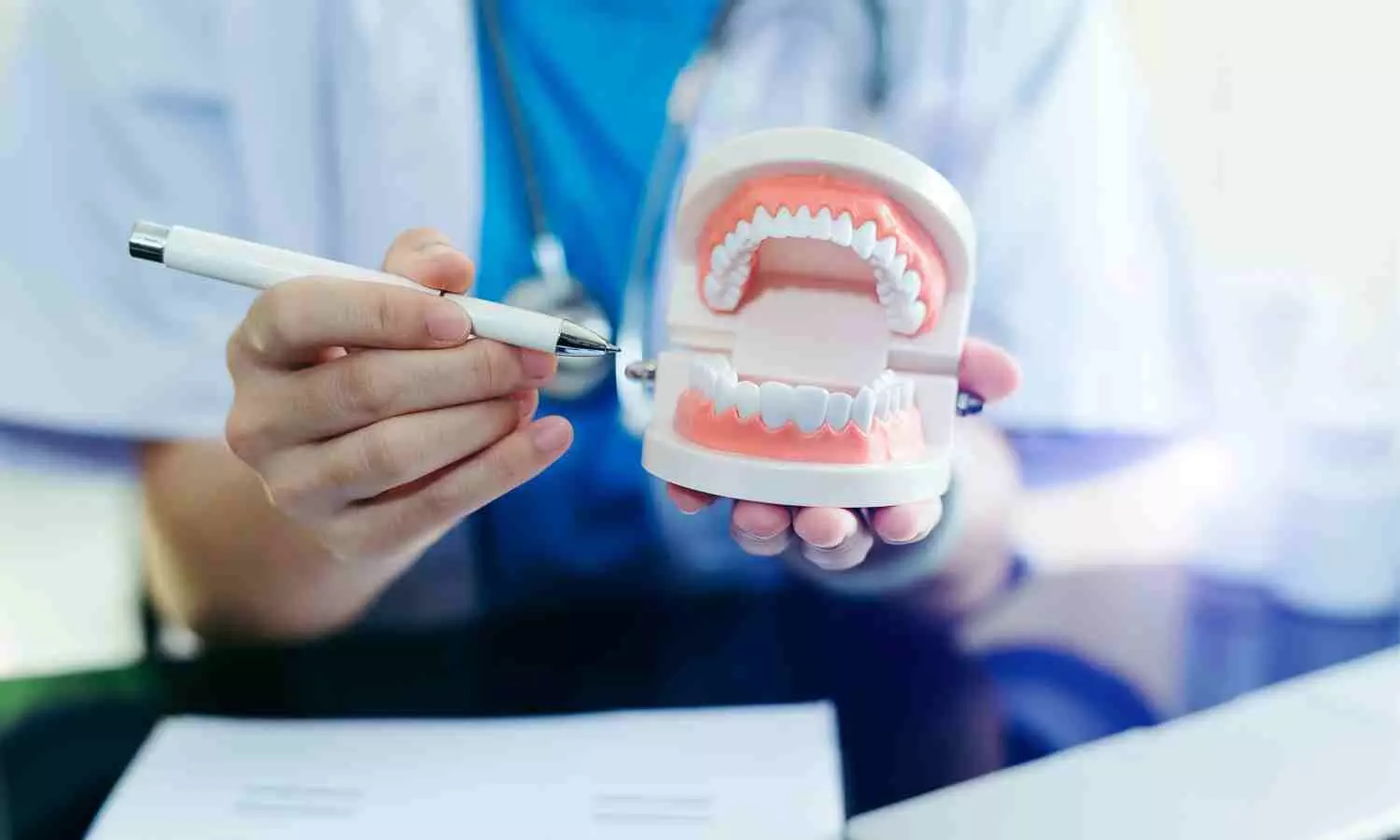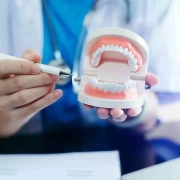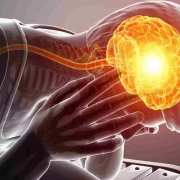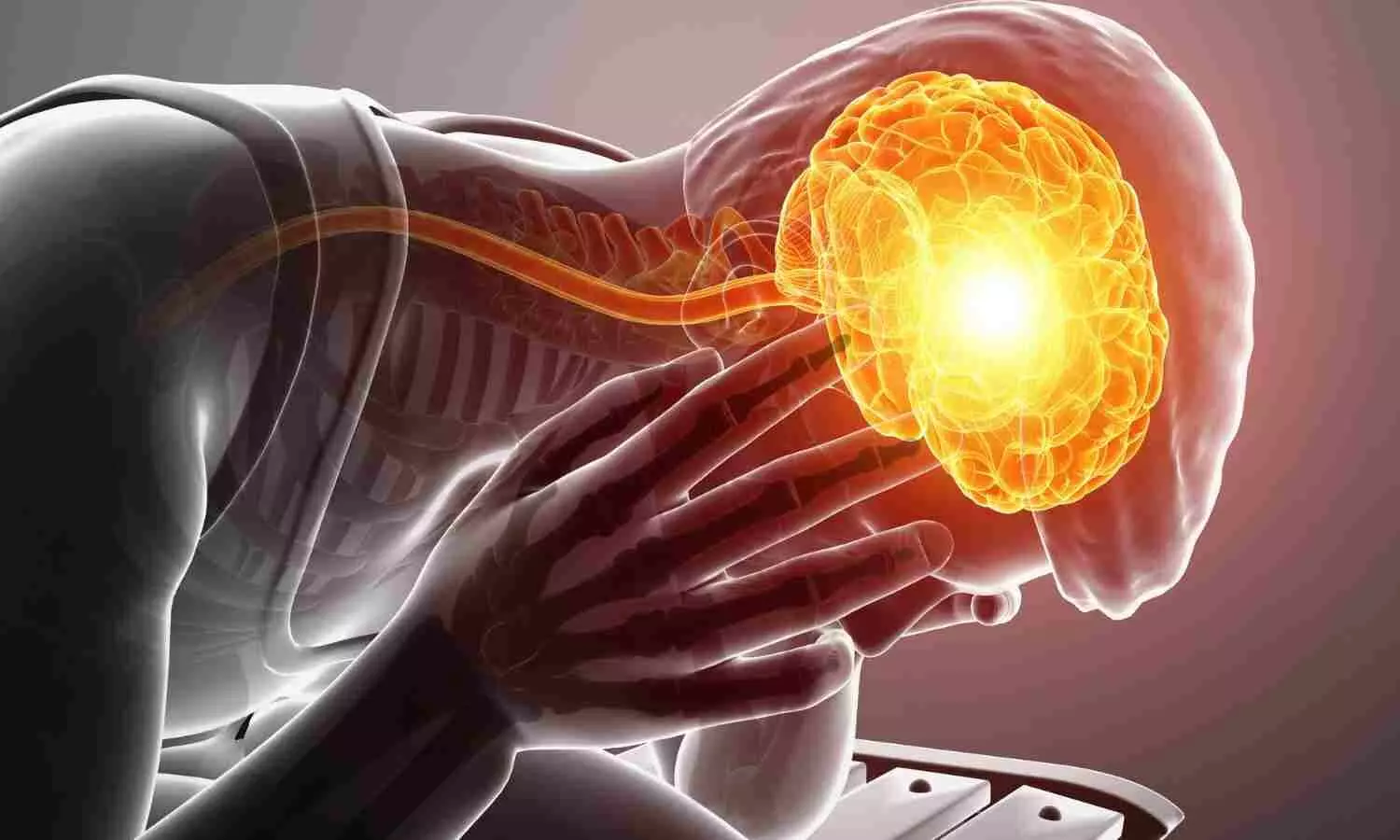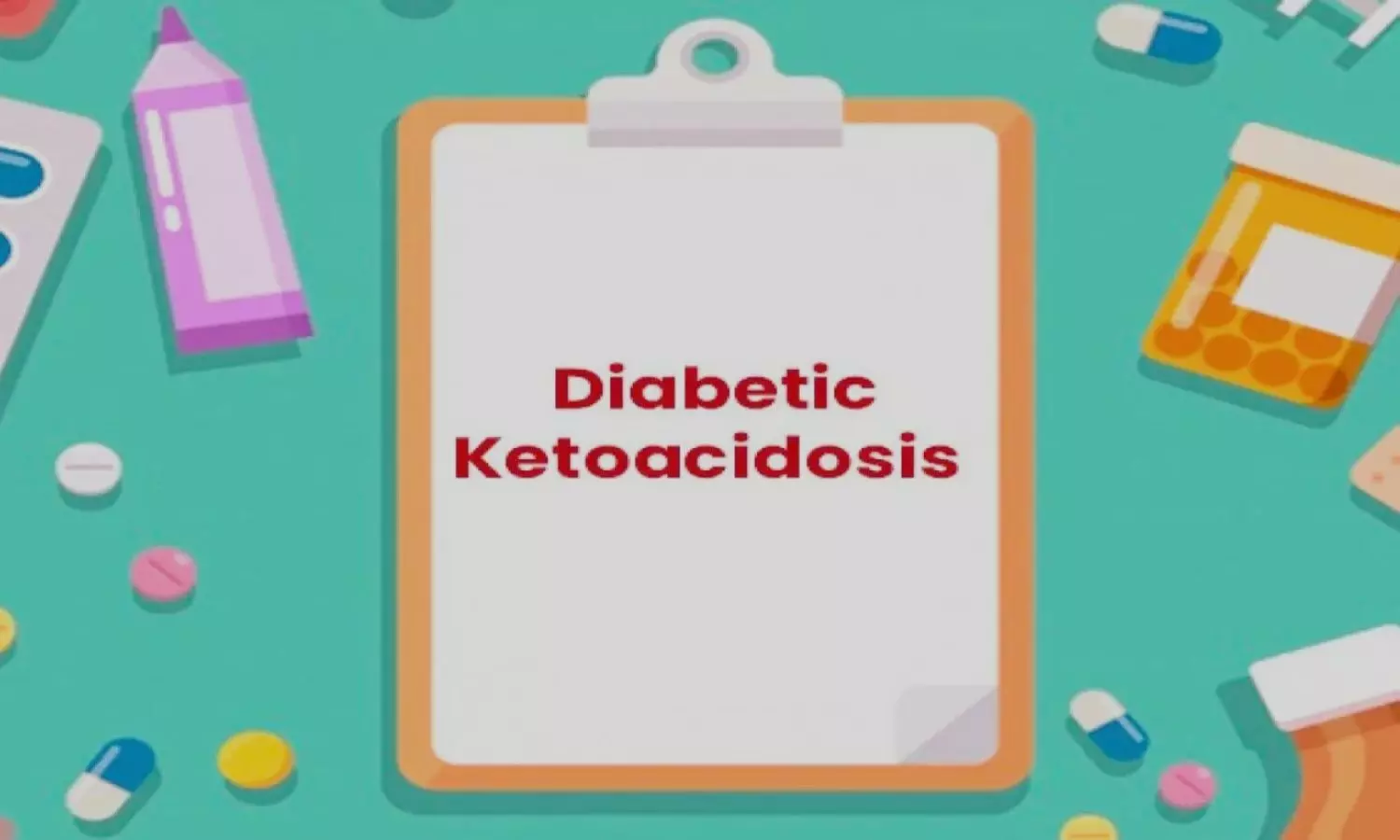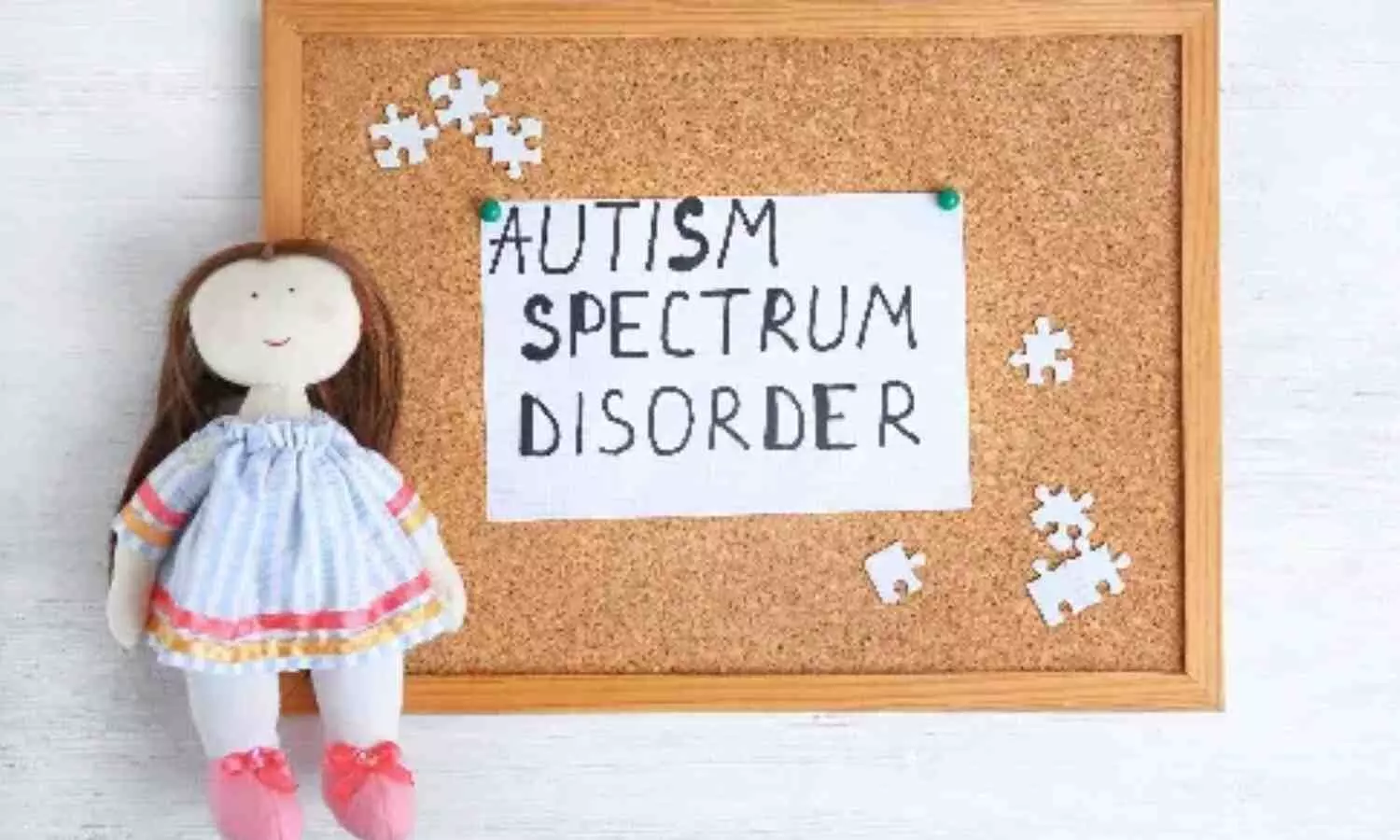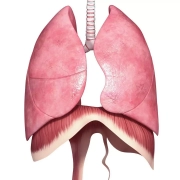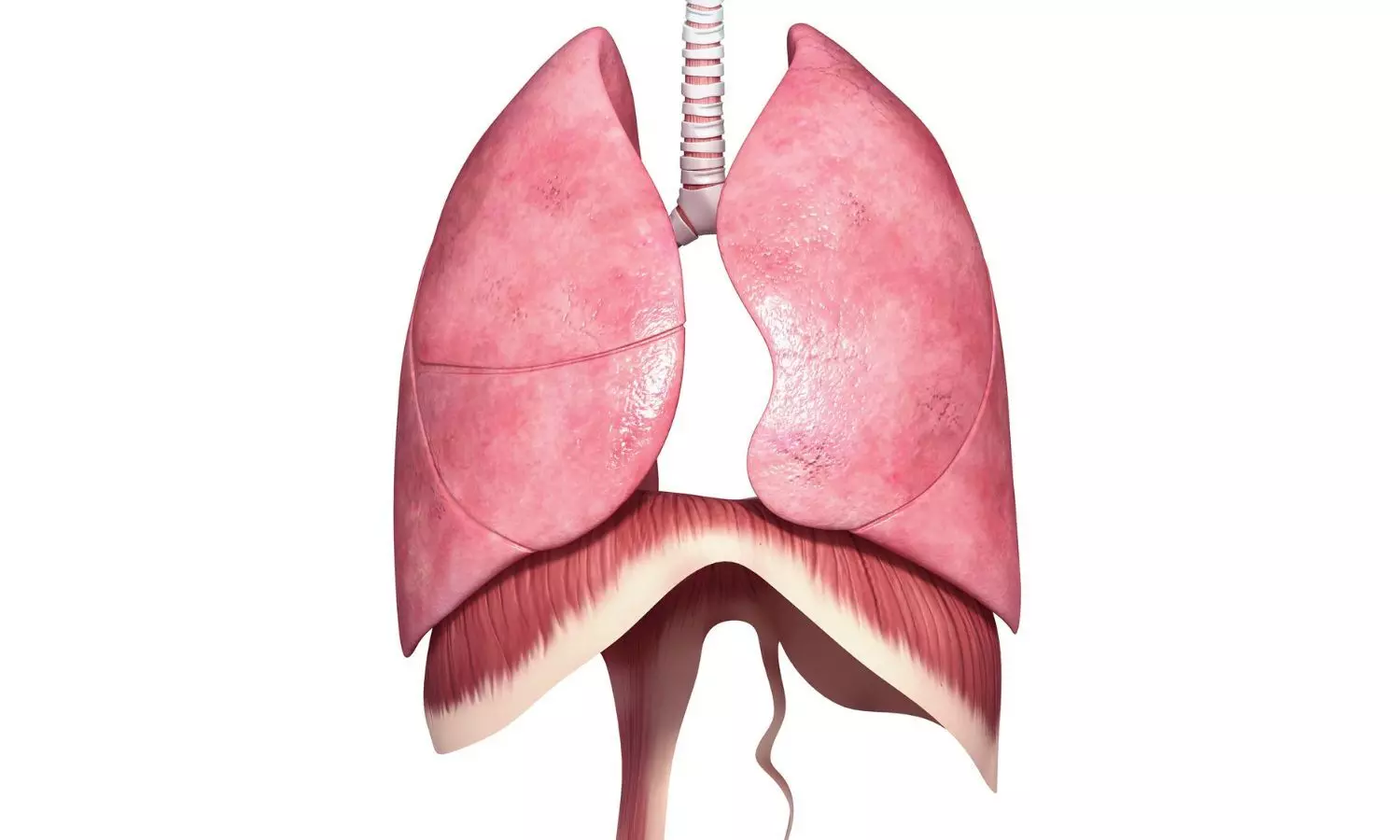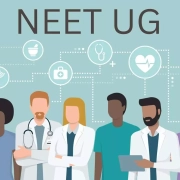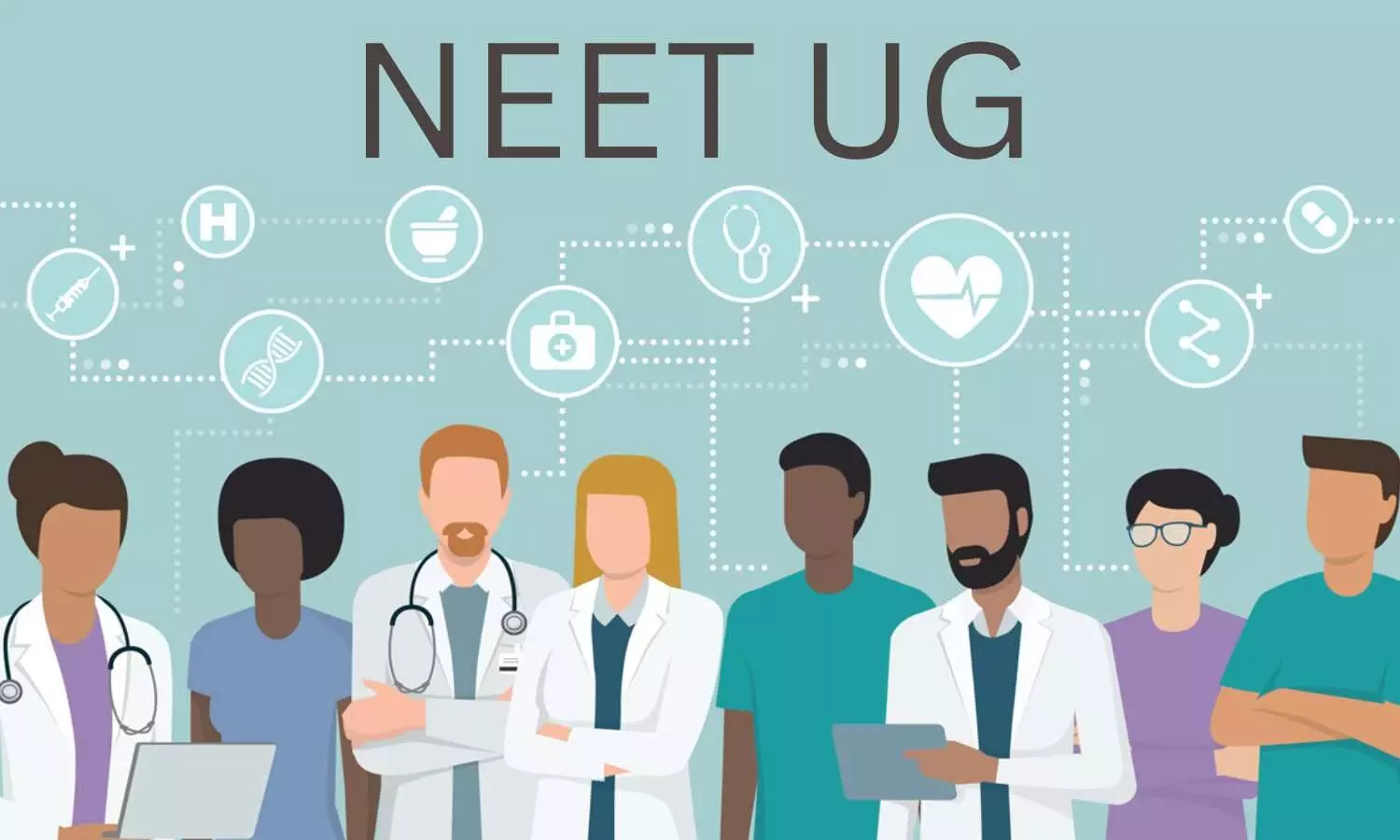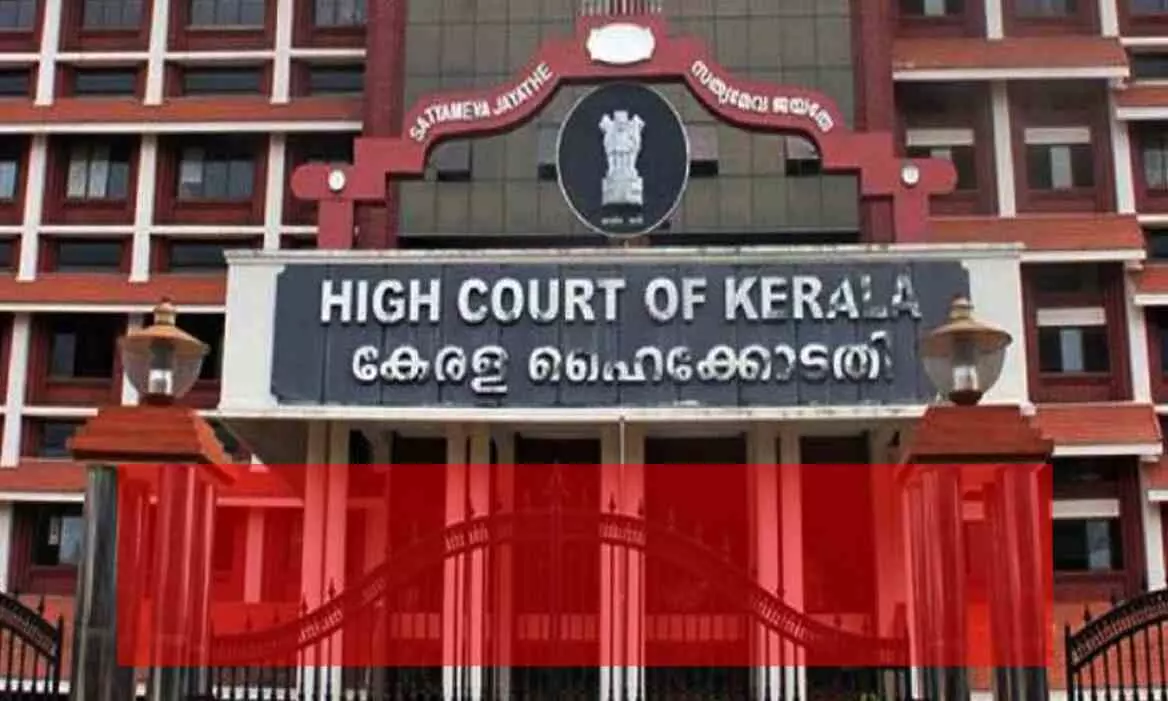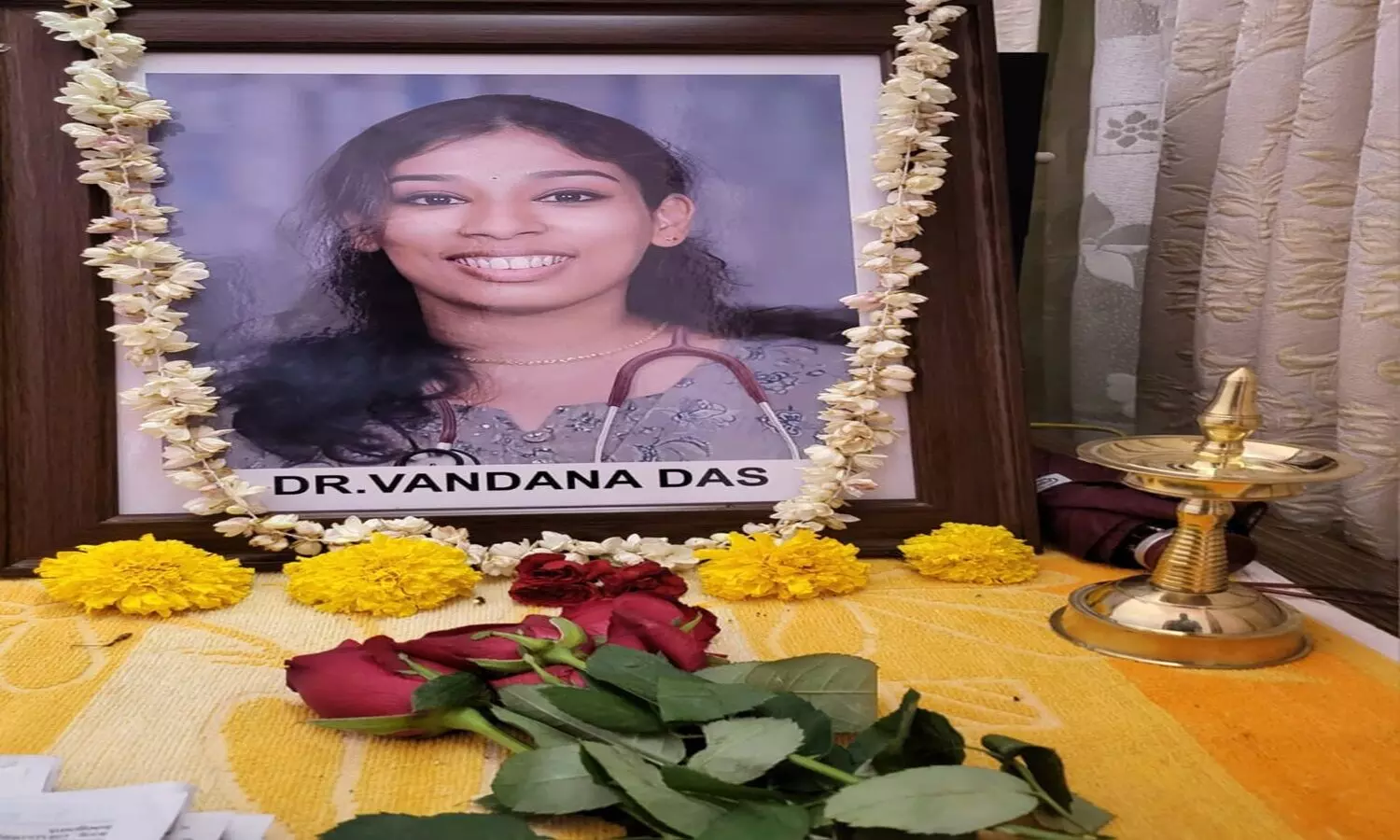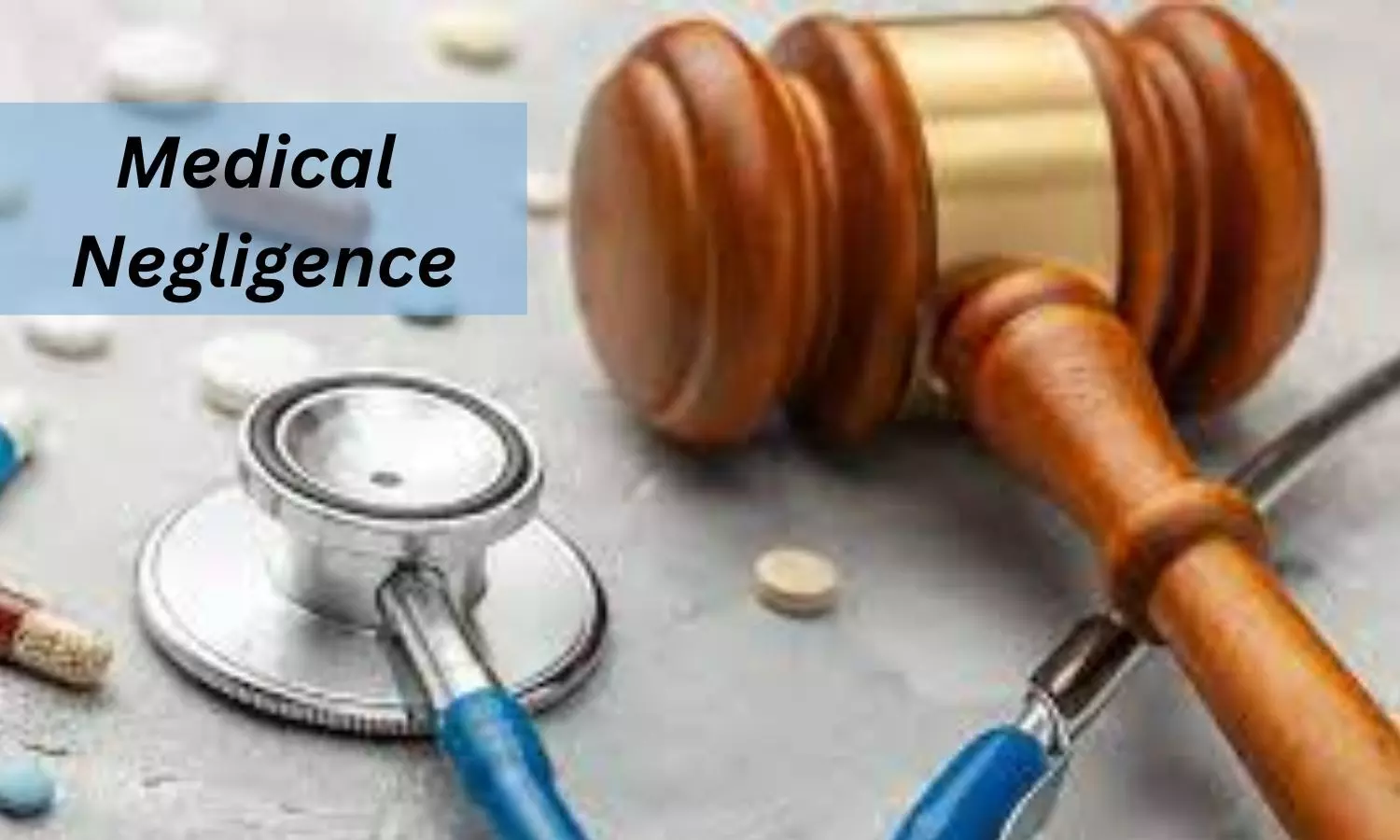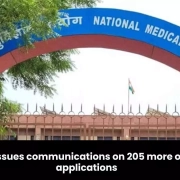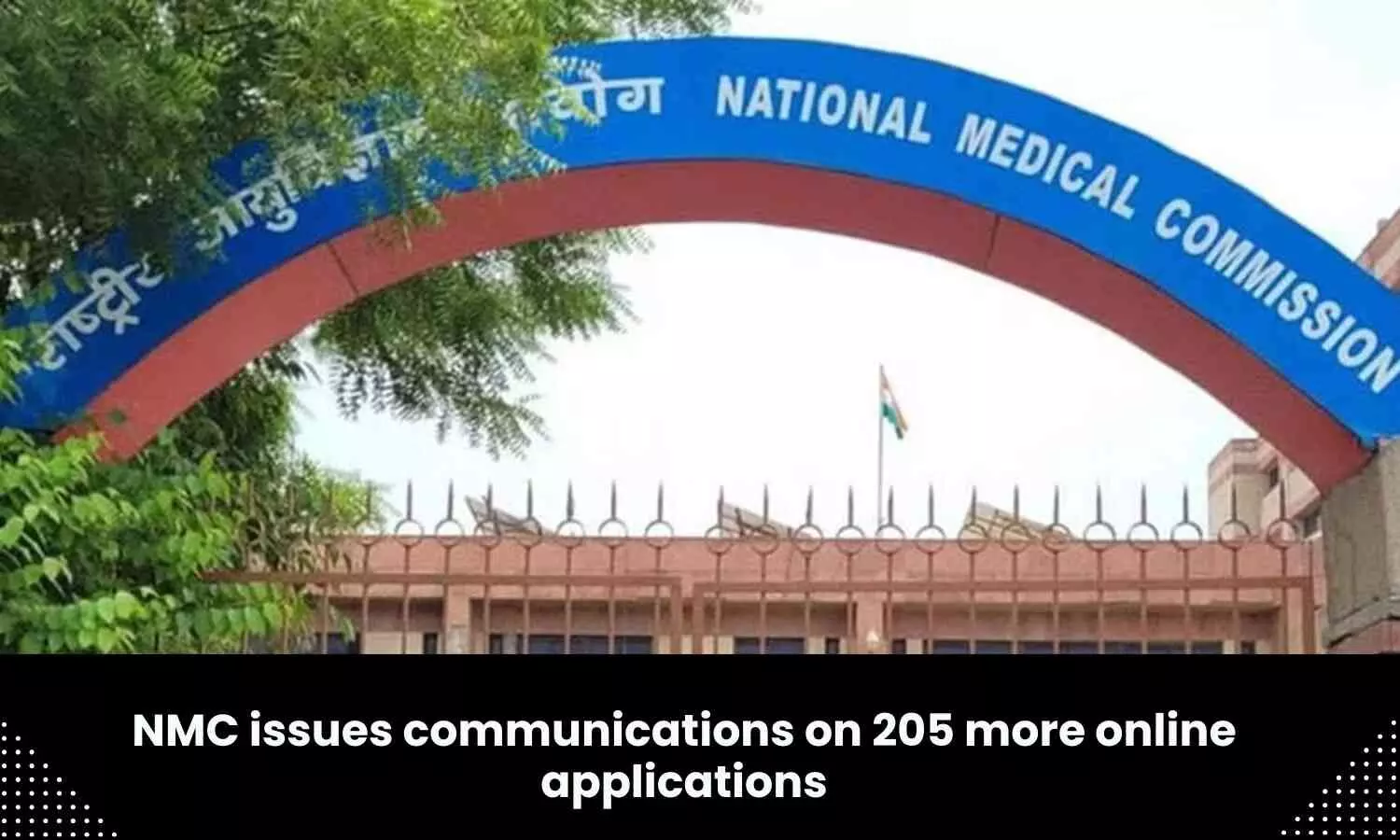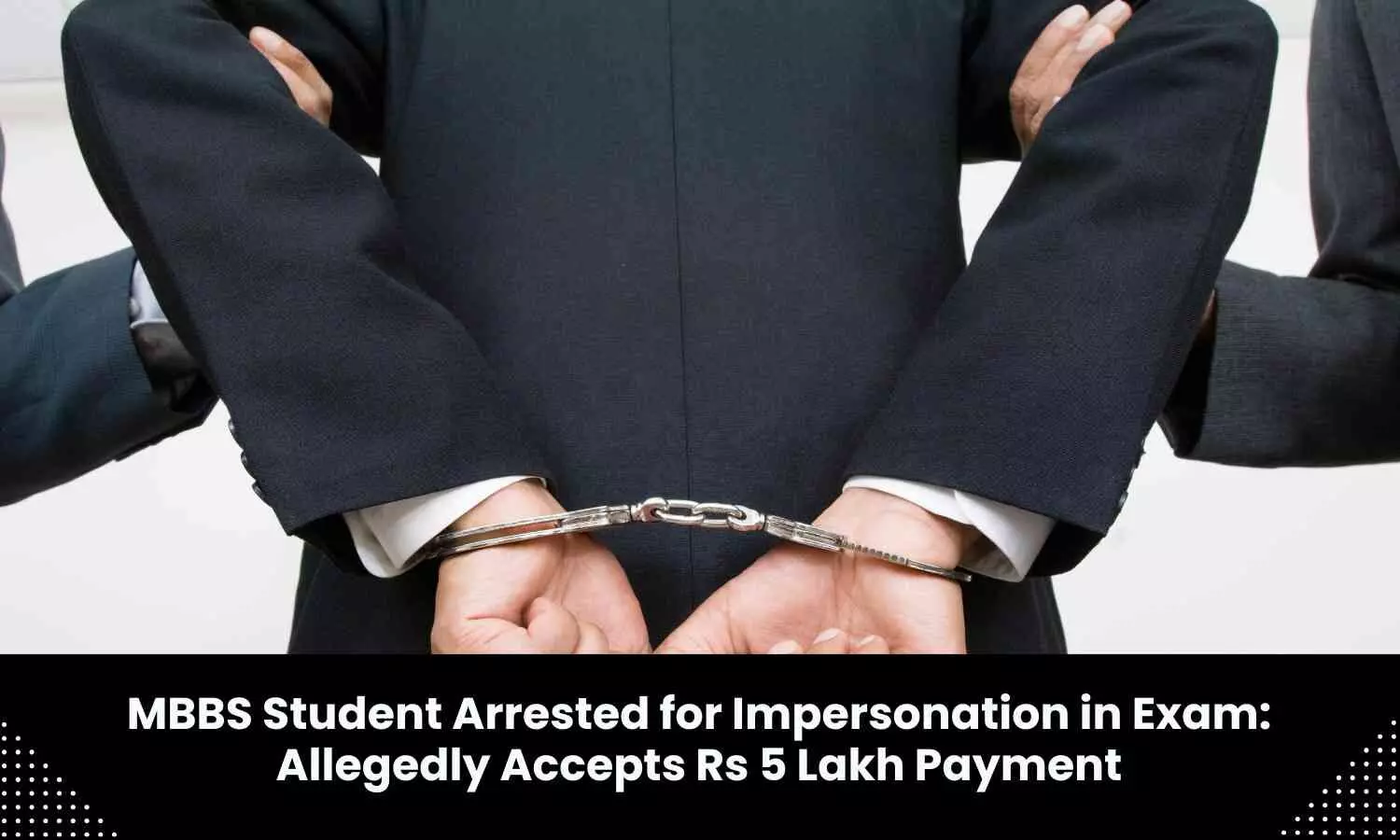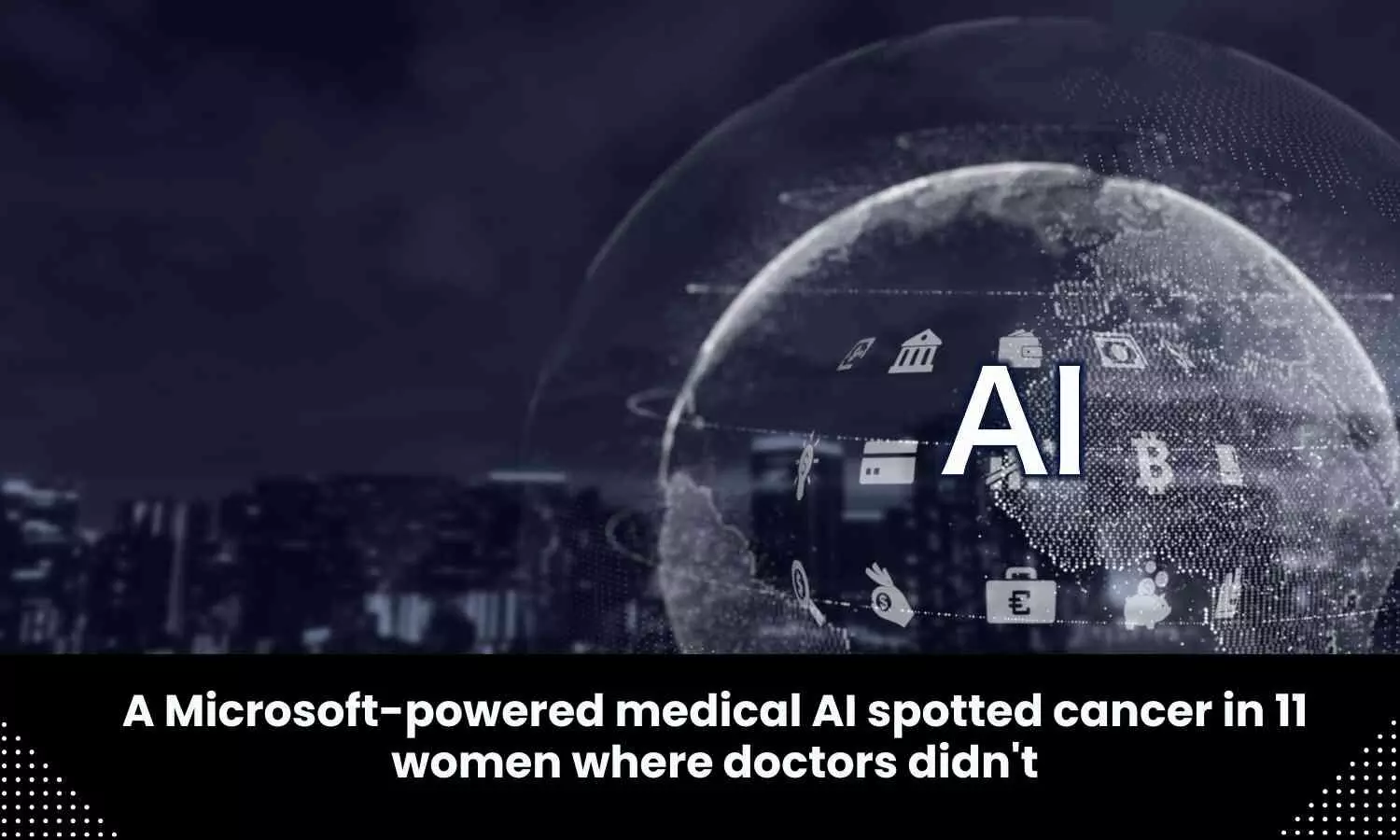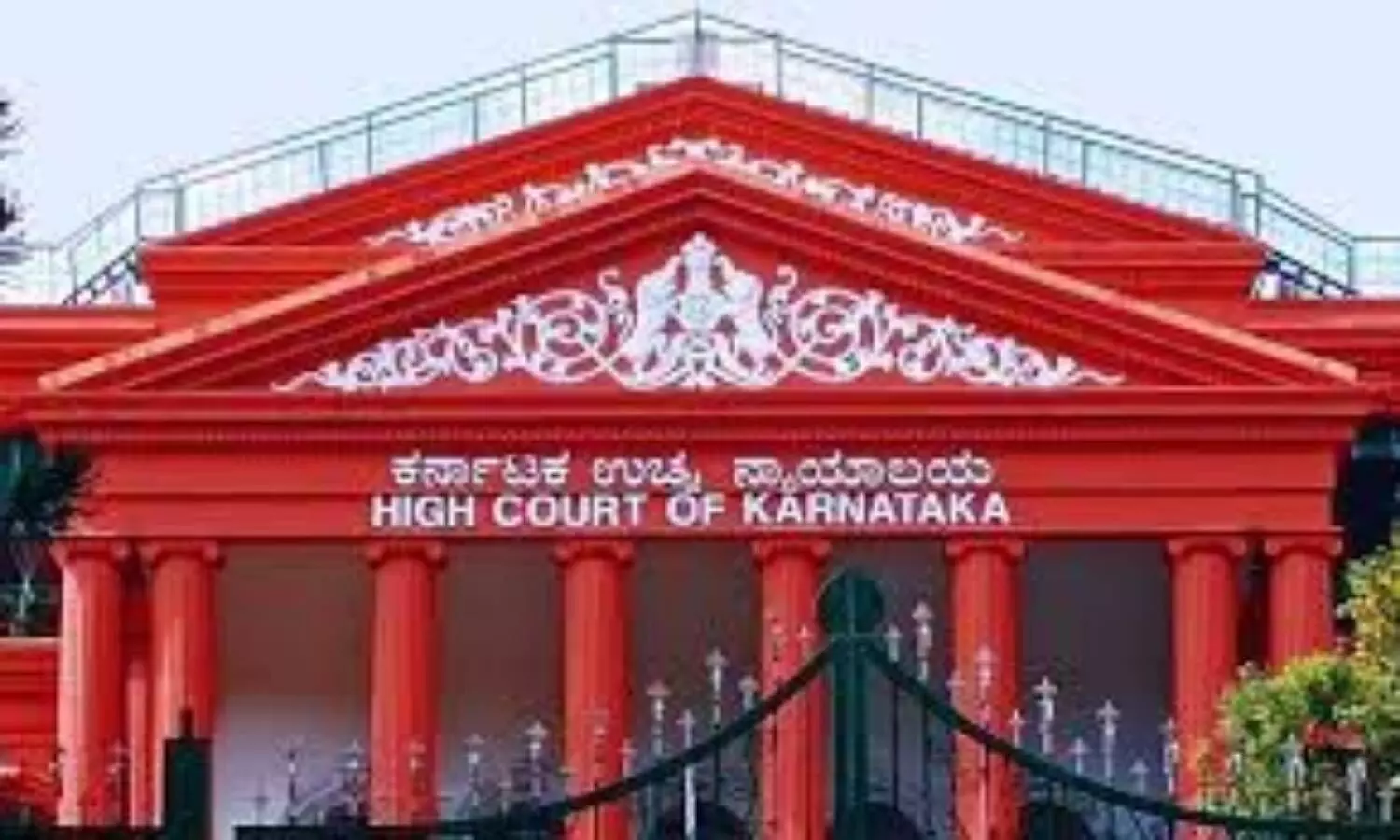
Bengaluru: Stating that a Medical Superintendent of an Autonomous Medical Institution cannot be given an additional charge of the Head of Department, a single-judge bench of the Karnataka High Court recently quashed an official memorandum issued by Shivamogga Institute of Medical Sciences appointing its Medical Superintendent as the in-charge HOD of the ENT Department.
The High Court bench comprising Justice Sachin Shankar Magadum further directed the medical college to comply with the National Medical Commission (NMC) norms regarding the separation of the administrative and clinical roles within the medical college.
Meanwhile, the Medical Superintendent has been directed by the court to refrain from assuming additional clinical responsibilities such as serving as a Head of Department (HoD) contrary to the NMC norms.
The plea was filed by a doctor, who challenged the Office Memorandum dated 31.01.2024 issued by the Medical Institution, through which the Medical Superintendent was appointed as HOD of ENT Department.
It was the grievance of the petitioner that the Medical Superintendent (MS), who is already holding the post of MS of an Institute cannot occupy the position of Head of Department in terms of 3.7 Regulation of National Medical Commission.
Medical Dialogues had earlier reported about Teachers Eligibility Qualifications In Medical Institutions Regulations, 2022, notified by NMC. As per Regulation 3.7, “3.7 The Medical Superintendent of the affiliated teaching hospital shall possess a recognized postgraduate medical degree from a recognized Institution with a minimum of ten years teaching experience as Professor /Associate Professor in the relevant departments of the Hospital, out of which at least five years should be as Professor. Appointment to these posts shall be made on seniority-cum-merit basis. Medical Superintendent shall not occupy the position of the Head of the Department. However, he can head the unit.”
Also Read: Teachers Eligibility Qualifications In Medical Institutions Regulations, 2022
It was claimed that the assignment of dual roles to the concerned doctor, who is not called upon to serve as both the Medical Superintendent and in-charge HOD of the ENT Department raises significant concerns regarding potential conflict of interest, compromised patient care and diminished educational opportunities for students. Therefore, while appointing the MS as the in-charge HOD, the Institute has clearly contravened Regulation 3.7 of NMC which clearly lays an embargo on a Medical Superintendent in occupying the position of Head of Department.
After perusing the concerned NMC regulation, the Court noted that as per NMC norms, the Medical Superintendent cannot be Head of Department of a clinical department.
“The very object of laying an embargo against dual roles is clearly intended to avoid conflict of interest. The role of Medical Superintendent involves administrative responsibilities, overseeing the overall functioning of the Hospital and ensuring compliance with Regulations. Having respondent No.3 as both an Administrator and Head of Clinical Department could compromise the impartiality and effectiveness of decision making in both the areas. The role of Medical Superintendent in the Hospital typically involves administrative duties such as managing budgets, staffing, facilities and ensuring compliance with regulations and policies. Medical Superintendent is also responsible for the smooth operation of the Hospital as a whole focusing on aspects like infrastructure, finance and over all organizational efficiency,” noted the Court.
“On the other hand, Head of the Department in the Clinical Department such as Surgery, Medicine, Pediatric, ENT, is responsible for overseeing the medical and clinical aspects of that specific department. This includes supervising medical staff, ensuring quality patient care, setting departmental policies and participating in clinical decision making,” it further observed.
Therefore, the court opined that the very object of Regulation 3.7 is intended to see that the same person cannot serve both as Medical Superintendent and HOD of clinical department. The concerned Regulation is also intended to have two separate channels for administrative actions and clinical focus.
As per the Court, the Medical Superintendent’s primary focus is on administrative tasks while the HOD focuses on clinical matters with their separate department. Therefore, balancing both these roles effectively can be challenging as they requires different skill sets and priorities.
“If a same person holds both the posts, a conflict may arise while making decisions that affect both the Hospital as a whole and a specific clinical department. The embargo also addresses the main concern of Medical institution where quality of patient care is a top priority. Separating the roles ensures that HOD can concentrate only on clinical needs of their department including patient care, staff supervision and maintaining high medical standards,” the Court observed.
Further, the High Court bench also opined that “
…dual role of Medical Superintendent and Head of Department can potentially affect students in various ways. If HOD is also responsible for administrative duties as a Medical Superintendent, it may detract from his ability to focus on educational responsibilities within the Department. This could impact the quality of teaching, supervision of students and availability of academic support and mentorship. Students often rely on HODs’ for guidance and supervision during clinical rotations and training. If the HODs’ attention is divided between administrative and clinical duties, it could affect the availability and quality of supervision which is crucial for students learning experience and development of clinical skills. Overall, the potential impact on students highlights the importance of maintaining clear roles and responsibilities within medical institutions to ensure that students receive necessary support, supervision and educational opportunities for their training and development as future health care professionals.”
Referring to the institute’s contention to justify their appointment of the Medical Superintendent as the in-charge HOD, the Court expressed its shock and noted,
“The respondent No.1-institution cannot claim that position of Medical Superintendent is not sanctioned as a justification for allowing the Medical Superintendent to hold the post of HOD contrary to 3.7 Regulations of NMC. NMC norms are established to ensure the efficient and effective functioning of health care institutions, uphold standards of patient care and maintain the quality of medical education. These norms often mandate the separation of administrative and clinical roles within health care institutions to avoid conflict of interest and ensure transparency and accountability. If the position of Medical Superintendent is not officially sanctioned, it does not automatically grant permission for the Medical Superintendent to hold an additional charge of HOD. The claim of respondent No.1 that position of Medical Superintendent is not officially sanctioned and therefore, Medical Superintendent is permitted to hold the post of Head of Department cannot be acceded as it is clearly contrary to the above said Regulation of NMC norms.”
Denying to accept the contention by the Medical Institute as a valid reasoning, the Court reiterated that the appointment of the Medical Superintendent as the Head of Department is in contravention of Regulation 3.7, which explicitly states that a Medical Superintendent cannot head a department. It was further observed by the Court that the lack of sanction for a position does not negate the regulations set forth by NMC regarding the qualifications and responsibilities of departmental heads.
With these observations, the bench ordered,
“In the light of findings recorded supra, this Court is of the view that appointment of respondent No.3 who is already holding the post of Medical Superintendent as HOD of ENT is null and void as it violates Regulation 3.7 of NMC Regulations. The Institute is instructed to rectify this violation immediately by appointing a qualified individual with requisite expertise and experience as the Head of the Department of ENT.”
Therefore, the bench declared the Official Memorandum dated 31.01.2024 passed by the medical college in appointing the MS as the in-charge HOD as illegal and accordingly quashed the same.
“The respondent No.1 is hereby directed to comply with NMC norms regarding separation of administrative and clinical roles within respondent No.1-Institution,” ordered the Court, further adding, “The respondent No.3 shall refrain from assuming additional clinical responsibilities such as serving as an HOD of ENT Department contrary to NMC norms.”
Issuing directions to the medical college to revisit the issue relating to the appointment of HOD, the bench ordered,
“The respondent No.1-Institution without deviating from NMC norms shall revisit the issue relating to appointment of HOD and take appropriate action strictly adhering to the established law, regulation and norms of NMC.”
To view the order, click on the link below:
https://medicaldialogues.in/pdf_upload/karnataka-hc–235104.pdf
Also Read: NMC releases Teachers Eligibility Qualifications in Medical Institutions Regulations 2022
